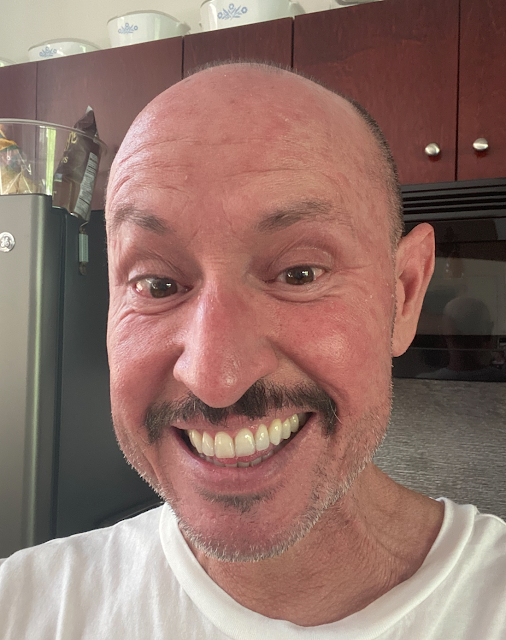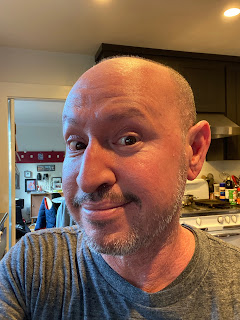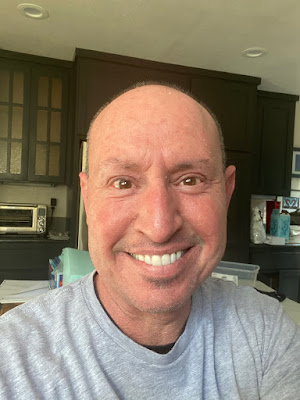What is PRP?
Here is a full run down on what PRP is- In short it's ALOT, imagine the worst sunburn you have ever had + intense itching + white hot pain.
Erythroderma [eh-REETH-ro-der-ma] is a medical term used to describe intense and usually widespread reddening of the skin due to inflammatory skin disease. For most PRP patients, the severe redness spreads slowly and then turns into a wildfire. Our skin looks like it is burned, with unrelenting pain and severe itching. Erythroderma is what makes the Acute Stage acute. I renamed it the “Red Bastard”. (courtesy of the PRP Survival Guide, glossary of terms)
Here is a good rundown of this rare disease: https://dermnetnz.org/topics/pityriasis-rubra-pilaris/
Here are the different Types of PRP (courtesy of the PRP Survival Guide, glossary of terms):
Type 1: Classic Adult — One in 800,000 [This is what I have]
✽ Patient population percentage: 55%
✽ Number of “active” Type 1 cases of PRP in US: 440
✽ Prognosis: 80% of the ‘active” patients (352) will have remission within two to four years.
Type 2: Atypical Adult — One in 8 million
✽ Patient population percentage: 5%
✽ Number of “active” Type 2 cases of PRP in US: 40
✽ Prognosis: estimated duration: 20 years or more
Type 3: Classic Juvenile — One in 4 million
✽ Patient population percentage: 10%
✽ Number of “active” Type 3 cases of PRP in US: 80
✽ Prognosis: the average Type III remission is within one year.
Type 4: Circumscribed Juvenile — One in 1.6 million
✽ Patient population percentage: 25%
✽ Number of “active” Type 4 cases of PRP in US: 200
✽ Prognosis: not a long-term affliction.
Type 5: Atypical Juvenile — One in 8 million
✽ Patient population percentage: 5%
✽ Number of “active” Type 5 cases of PRP in US: 40
✽ Prognosis: runs a chronic course
Type 6: HIV-associated
Editor’s Note: Let’s just say that Type VI: HIV-associated is too rare to calculate any odds.









Comments
Post a Comment